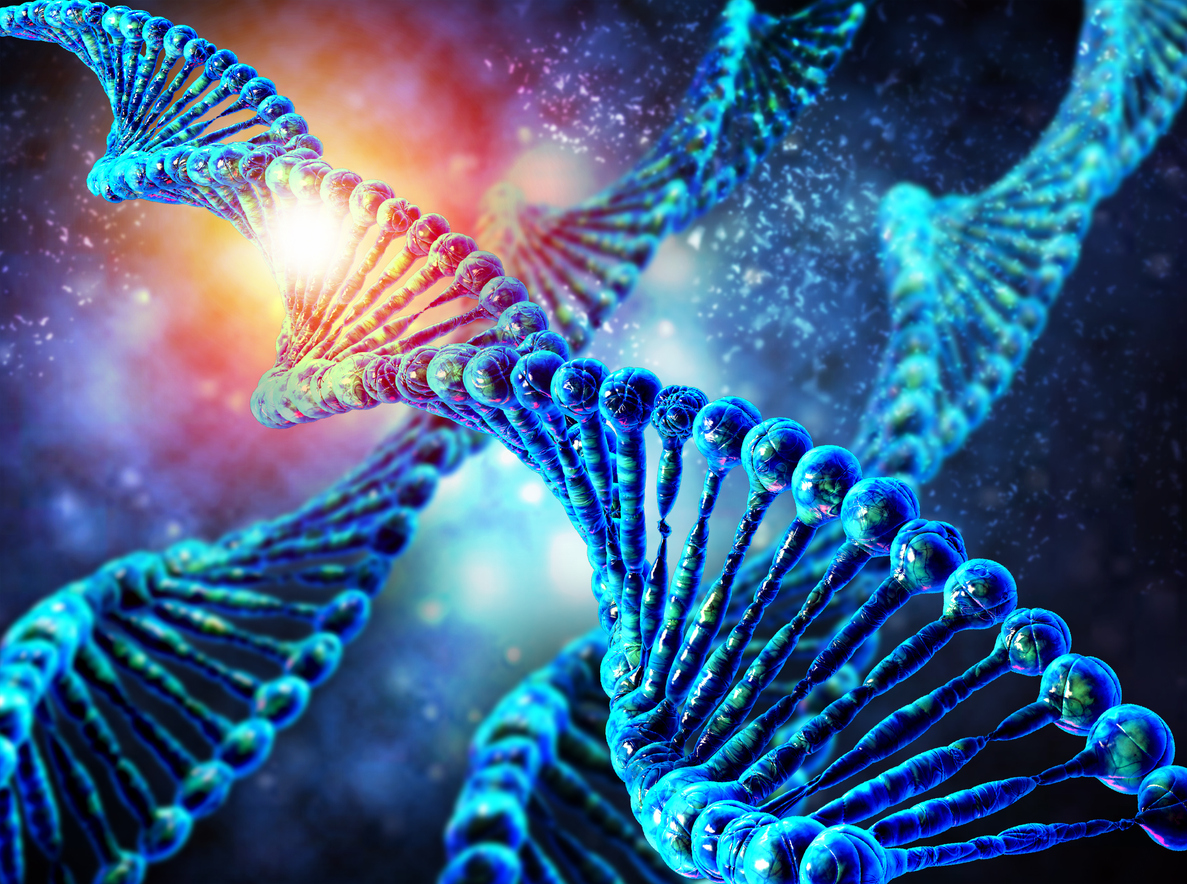Professor David Liu from Harvard and his colleagues describe their latest discovery in the Nature journal, namely a “‘molecular machine’ to rewrite the genome to the letter” and thus allow the treatment of numerous genetic diseases such as those caused by isolated mutation in the DNA including some forms of blindness, deafness and blood disorders, for instance.
Known as “ABE” and described as a “base editor[1]“, this “chemical precision surgery” completes the CRISPR Cas9 tool kit, which has been in use for several years: “Whereas CRISPR-Cas9 can be considered as the molecular scissors, the base editors are the pencils”, explains David Liu. Thus ABE will not replace CRISPR Cas9: “Although the scissors are the best tool for certain applications, the pencil is better for others, like changing a single base”. This is a case of further ammunition” for the “genome editing artillery”, explains Doctor Helen O’Neill from University College London.
“In practice, scientists have introduced instructions into the cells carried by the genetic material to allow cells to construct this new base editor themselves and thus repair their own mutations, converting an A-T pair into a G-C pair”. Scientists have tested this system on the cells of a patient suffering from haemochromatosis [2] and in the management of blood disorders such as drepanocytosis. “The technique is currently limited. We cannot modify what we want where we want in the DNA. But it has great potential”, explains Jean-Louis Mandel, geneticist and scientist at the CNRS. “At first glance”, the ABE enzyme is “much more precise” than CRISPR in correcting an isolated mutation. Success rates are much higher and “side effects are virtually undetectable”. However, “this technique would not be possible without the intervention of CRISPR Cas9”, which allows it to target the correct section of DNA.
“A vast amount of work is still needed before these molecular machines can be used to treat patients”. In particular, we have to “discover a way of transporting the enzyme into the cell” of a living organism.
Note from Gènéthique: A team of Chinese scientists recently used this type of “base editor” to modify the genetic code of human embryos: Cloned human embryos undergo “DNA surgery”.
[1] DNA, which supports our genetic heritage, is coded by a chain of nucleotide bases: adenine (A), which links to thymine (T), and guanine (G), which links to cytosine (C).
[2] Hereditary iron overload.
AFP (25/10/2017); Huffington post (25/10/2017)

